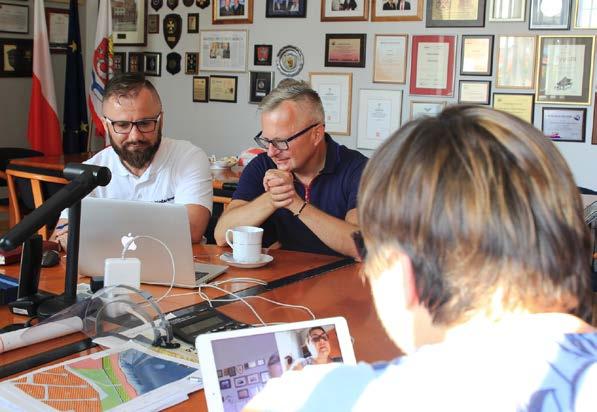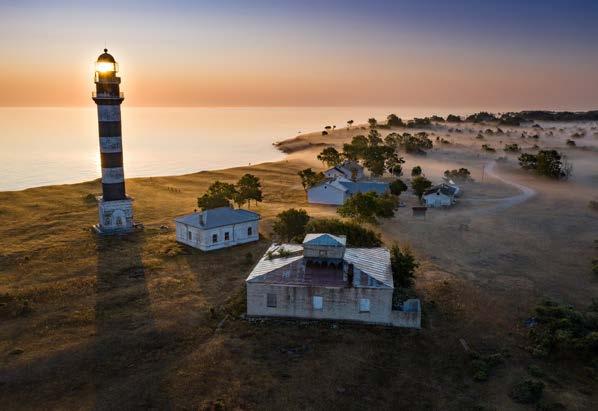
2 minute read
Strengthening the ecosystems
STRENGTHENING
THE ECOSYSTEMS
Advertisement
Functioning ecosystems is not only the basis for the human welfare. Healthy ecosystems also deliver several types of services that humans need, and it is also for free! To work with ecosystem services is therefore a smart way to build a sustainable and healthy municipality.
It is smart to work with this because it helps us to regulate the climate and make us more resilient when it comes to climate changes, it delivers food and different kind of material and it also gives us recreation and health, and many other services.
In Växjö, a political decision was made 2018, to make an action plan how to handle ecosystem services in the spatial planning and building process. The aim was to make the process better to maintain, rebuild and strengthen ecosystems and deliver different kind of ecosystem services now and for the future.
Ecosystem services are direct and indirect contributions of ecosystems to human well-being. They directly or indirectly support our survival and quality of life. Ecosystem services is categorized in four main types.
Regulating services are the benefits obtained from the regulation of ecosystem processes such as climate regulation, natural hazard regulation, water purification, pollination or pest control.
Provisioning services are the products that we get from ecosystems such as food, fresh water, wood and medicines. by Sofia Asplund | Sofia.Asplund@vaxjo.se
Habitat services highlight the importance of healthy ecosystems to provide habitat for species and to maintain the viability.
Cultural services include non-material benefits that people obtain from ecosystems such as spiritual enrichment, intellectual development, recreation and esthetic values.
A majority of the municipalities in Sweden are supposed to by year 2025 have a plan how to utilize and integrate urban greenery and ecosystem services in urban environments in planning, construction and administration in cities and urban areas. To manage this, Växjö municipality is taking part in a EU-Interreg project with 7 other municipalities in Europe, called Blue Green City.
The first step to be successful in this project has been to get knowledge how the process is working today and from there understand where it is most efficient to work with ecosystem services in the local spatial planning and building process. The project will end in 2022 and the project group in Växjö is in the middle of the project now.
The delivery of the project will be an action plan with different rutines for how to work with ecosystem services in different steps along the whole planning and building process, to make sure we maintain, rebuild and strengthen the ecosystems in Växjö municipality.










